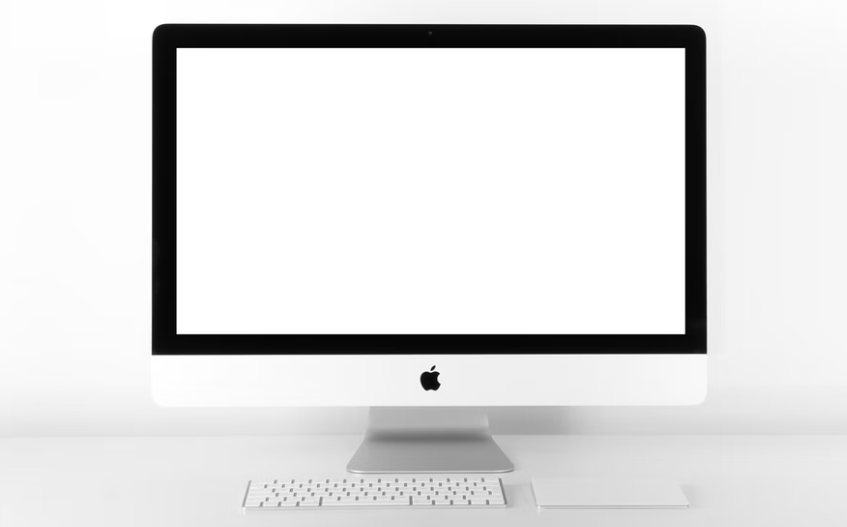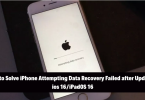 As great as they are, Macs do slow down the longer they are in service. This is to be expected but it doesn’t have to be lived with. With a few techniques and tricks, your Mac will run at warp speed once more.
As great as they are, Macs do slow down the longer they are in service. This is to be expected but it doesn’t have to be lived with. With a few techniques and tricks, your Mac will run at warp speed once more.
So without further ado, let’s make it so and get your Mac up to speed, no pun.
Contents [hide]
Update Your OS
If you’re not running the best version of your OS then your Mac’s performance is not going to be as good as it can be. Each new version of the macOS brings with it performance enhancements and bug fixes, so it is worth keeping an eye on this.
To check whether there is a shiny new OS version go to the App Store and click the Updates tab. If there is a new version you’ll find it there.
When you come to update the OS remember this can be an all-day thing. So schedule it on a day when you don’t have pressing deadlines unless you want to be unemployed.
Update Apps to Keep Them Peachy
Your new Mac came out of the box all shiny and new inside and out. Now, with the passage of time, you’ll find that all your apps need to be kept updated to the best version your device can run. Updates generally contain bug fixes and performance optimization. It is not a stretch to say that old app versions may be the cause of your Mac’s slow performance.
Free up a Full Hard Drive
If your hard drive is full or nearly full, then according to bench tests your Mac will run 17% slower than one that has less clutter. This is also true of large files that you may have on your drive.
To see if this could be the cause of your slow-performing Mac, go to “About this Mac” and choose the Storage tab. For your Mac to run at an optimal level it needs to have at least 10% free of hard disk space. If it hasn’t see if you can remove files or store them on external storage to get the much-needed 10% free space.
Too Many Widgets Can Cause Problems
If your preference pane is a forest of widgets it is probably time for a purge. Each widget adds load to your system and over time this slows it down. To remove widgets do the following.
- Apple logo, System Preferences.
- Take a good hard look at your widget list.
- Delete ones you don’t need.
More from us: How to Use Sirius XM on Mac
Are Startup Apps the Source of Your Woes?
As you’ve no doubt noticed apps do open and run on startup. Sometimes this is a good thing as they are necessary to your computing life. Some though, are not needed at startup and these should be prevented from opening as they cause a drain on the system.
So:
- System Preferences, Users & Groups.
- Select your name, you should know what this is.
- Login Items
- Go through the startup items list and prevent them from opening by clicking “–“.
- Restart your Mac.
- The ones you selected will no longer start.
Try these tips to keep your Mac running like you bought a new Mac.
For more information visit Apple Support.





